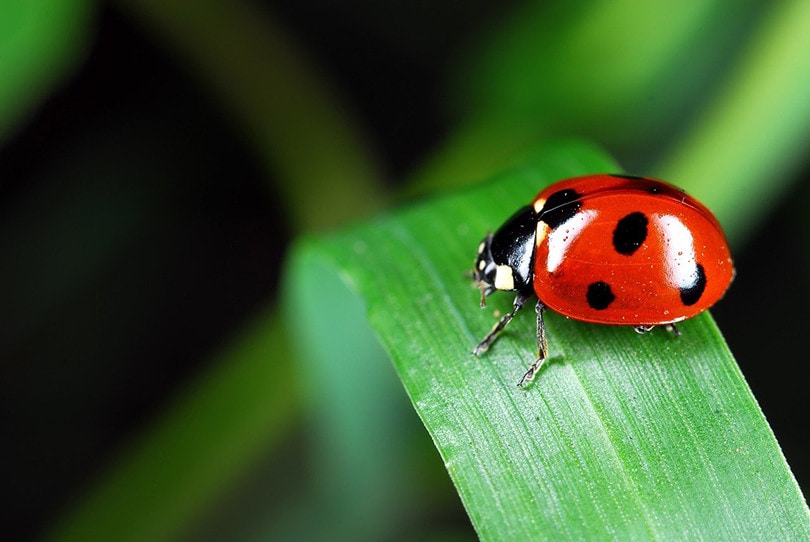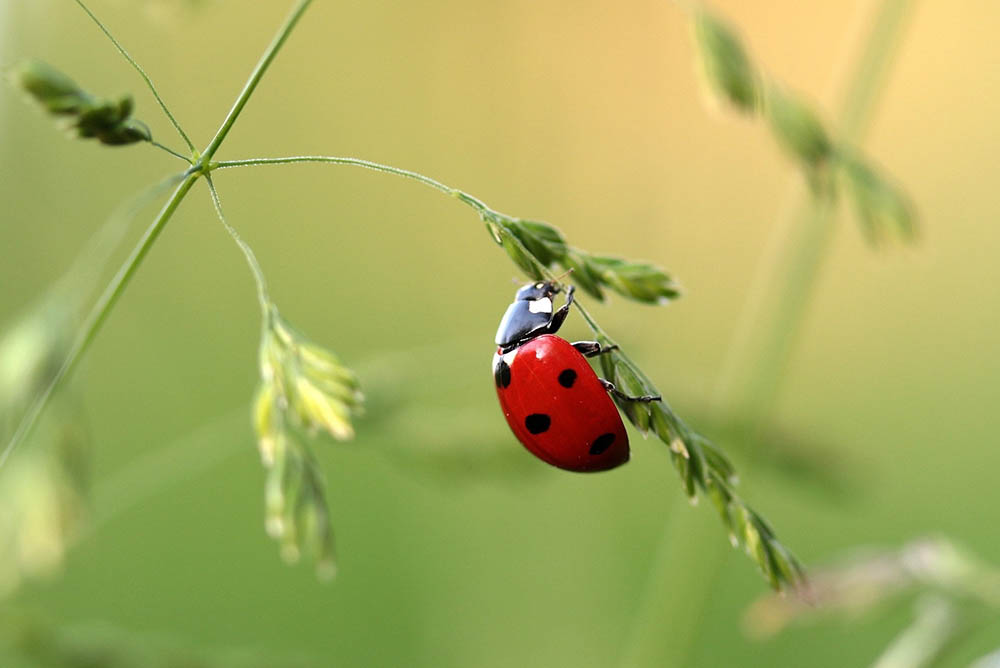What Is the State Insect of New Hampshire? How Was It Decided?
-
Pete Ortiz
- Last updated:

Most states in the United States have a designated official state insect. New Hampshire was one of the earliest states to select a state insect, settling on the seven-spotted ladybug in 1977.
By then, three other states—Massachusetts, Ohio, and Tennessee—had also chosen the ladybug as their state insect. Delaware and New York later joined these states in declaring the ladybug as their state insect.
If you want to learn more about the state that started the ladybug trend as the state insect, read on!
How Did the Ladybug Become the State Insect of New Hampshire?
The proposal to have the ladybug named the state insect in New Hampshire was first made by 5th-grade students of the Broken Ground grammar school in Concord.
The students collected signatures from 100 citizens and fellow students and then sought the support of their district legislators to sponsor the bill in the state legislature.
A majority of the legislators approved the bill, and later, the senate gave unanimous approval. The Governor signed the ladybug bill into law on April 15, 1977, and sixty days later, the ladybug officially became New Hampshire’s state insect.

Why Was the Ladybug Chosen as New Hampshire’s State Insect?
In their recommendation of the ladybug as the state insect, the Broken Ground grammar school students noted that, “Ladybugs feed chiefly on plant lice and scale insects. For this reason, fruit growers find ladybugs helpful.” They also pointed out that the ladybug is a sign of good luck.
The ladybug’s friendliness to humans and usefulness to farmers and gardeners is, therefore, one of the main reasons it was chosen as New Hampshire’s state insect.
Some ladybugs are omnivorous, feeding on insects, pollen, nectar, and for a few species, plants. New Hampshire’s seven-spotted ladybug is carnivorous, feeding on insects that attack plants, mostly aphids.
This ladybug can also feed on other plant insects, such as whiteflies, spider mites, alfalfa weevils, and chinch bugs. Ladybugs lay hundreds of eggs on the underside of leaves in areas where aphids are present. The eggs take a few days to hatch into larvae. The larvae immediately begin feeding on plant insects.
Ladybugs are most active in the warm months, from spring to fall. During winter, they hibernate under rocks, inside houses, and in logs. They hibernate in large groups of up to thousands of ladybugs.

What Does New Hampshire’s Ladybug Look Like?
There are about 6,000 ladybug species worldwide, and about 500 of these are found in North America. Among these, New Hampshire chose the seven-spotted ladybug as their state insect.
The seven-spotted ladybug can grow to a size between 7 to 10 mm long. It has a dome-shaped red-colored back with seven black spots.
While the spotted look might be the most popular ladybug appearance, there are other species with stripes on their backs instead of spots. Others have no markings at all. The colors also range among species, with some being yellow, black, and orange.
Seven-spotted ladybugs have small, blackheads with a single white spot on either side above the eyes. They have two sets of wings, with one set forming a hard exterior cover on their back. The second set of wings remains hidden below the harder set and is used for flight.
Seven-Spotted Ladybug Origin, Habitat, and Predators
The seven-spotted ladybug is native to Europe, Northern Africa, and Asia. In fact, it’s the most common ladybug species in Europe. It was introduced to the United States in the early 1970s as a biological control to combat aphids. The species is now widespread across the United States.
Seven spotted ladybugs can be found in various habitats, from forests to agriculture fields and meadows. Naturally, they are found anywhere with an aphid population, which is why they are common in areas with vegetation.
While ladybugs prey on aphids, they, too, are a target for predators. Predators that feed on ladybugs include spiders, wasps, frogs, birds, and dragonflies.
Ladybugs secrete a foul-smelling toxic alkaloid fluid from their leg joints to repel predators. Their shiny red coats warn their prey of their foul taste, making them unappetizing targets. Ladybugs also play dead while secreting the fluid to deter predators completely.

What Are the Other New Hampshire State Wildlife?
Having been adopted as the state insect in 1977, the ladybug was the second of New Hampshire’s official state wildlife. The first was the purple finch, which was designated as the state bird in 1957.
After the ladybug came the white-tailed deer, named the state animal in 1983. In 1985, New Hampshire adopted the red-spotted newt as the state amphibian.
In 1992, the state designated the Karner Blue as the official state butterfly, while the striped bass followed closely in 1994 as the official state saltwater game fish. The brook trout was also adopted in 1994 as the state freshwater game fish.
The latest state animal adopted in New Hampshire is the daring jumping spider, named state spider in 2021.
Final Thoughts
States choose official insects to represent their natural resources, wildlife, and cultural heritage.
Official insects are part of the state’s identity and can be used to represent an important aspect of the state and its people. For instance, the ladybug has meaning to the people of New Hampshire since they undertake agricultural activities and benefit from the insect.
Now, use this information at the next quiz night and impress all your team members!
Featured Image Credit: Myriams-Fotos, Pixabay
Contents


